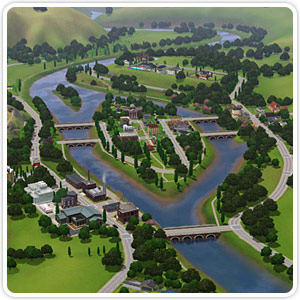
What Is Varnish?
Spar Varnish Over Shellac, Varnishes are very much translucent substances that had a safe surface layer in almost the same manner that paints do. At about the same period, they cause the actual layer to be viewed and then apply a shiny as well as glossy finish. Essentially, these varnishes have the very same ingredients as paints.
Varnish is a clear, strong, safe finish or coating utilized mainly in wood finishing, as well as in other products. Historically, the varnish is a mixture of drying grease, resin as well as thinner or solvent. Varnish surfaces are typically shiny, but can be built to create satin or semi-gloss sheens by using “flatting” agents.
Classification of Varnishes
1. Oil Varnish
Though it can be made in many ways, oil varnish is essentially a mixture of drying oil and resin. Drying oils, often nut oils, will dry to a solid when exposed to oxygen. The resin can be natural (elemi, colophony, Pontianak, kauri) or synthetic (alkyd, urethane).
2. Spirit Varnish
Spirit varnishes are those that consist of solids dissolved in a solvent. When the solvent evaporates, the solids are left behind as a thin film. It is usually quick to dry, easy to polish, and new coats “melt in” and combine seamlessly with the old.
3. Turpentine Varnishes
Turpentine is a Magento extension to improve Magento’s compatibility with Varnish, a very fast caching reverse-proxy. Turpentine provides Varnish configuration files (VCLs) to work with Magento and modifies Magento’s behavior to significantly improve the cache hit rate.
4. Water Varnishes
Water-based varnishes are called that because their solvent is water-based, instead of being oil or alcohol-based like more traditional varnishes. In this case, the water evaporates from the surface of the floor to dry and harden the product, allowing the resin to act.
Also Read: Concrete Pedestal Foundation
How to Apply Varnish to Wood?
Using a recently bought varnish. A material that has been in the laboratory for ages that include lumps which might affect the final performance. (Test the consistency of the lacquer on a piece of scrap wood.) The paintbrush utilized is of similar value.
Do not even waste too much time using a subpar tool: Choose a natural-bristle product that looks dense at the heel-that is, the bristle region opposing the brush edge. In the same way, move on some brush whose bristles sway loosely while closely squeezed.
Stir the varnish completely with such a clean stirring handle, and do so carefully enough just to prevent the creation of air bubbles. (Make efforts, then, to stop shaking the can unnecessarily during transport.)
Then, gently pour enough lacquer for the first coat into some kind of plastic jar labelled with measurement methods on its rim.
Apply the thinning agent, ideally the gum turpentine, to a varnish throughout the mixed cup. Through letting the varnish dry very gradually, thinner successfully counteracts rough surface such as streaks as well as bubbles.
How often thinner would be enough for that? Opinions differ. If the gloss varnish that are making is added as a first coat, the coating suggests a mixture containing 20 to 25 percent thinner; the succeeding coats must comprise around 5 to 10 percent thinner.
After coating on a varnish, operate with such a soft touch; just the tip of the brush can bend. Whether you’re correct, start at the top-left corner of the surface. Grind a one-foot-square section, brush in the directions of a grain of wood-never back and forth-then switch to an adjacent square of comparable dimensions.
Proceed this way before you’ve got a full coat. When the lacquer is still wet, note to “tip-off”: move the tip of your brush across the workpiece to minimize any lingering streaks or bubbles. Your tipping stroke is going in the same direction as the application stroke (in the direction of the grain).
Also Read: Peaked Roof House
Use of Varnish
Varnishes include protective coatings for wood surfaces and paintings including different decorative items. Varnish preserves and improves the look of wood flooring, interior wood paneling and trim, and furniture.
Varnishes would be used to shield wooden surfaces such as windows, doors, floors including roof trusses from the environment. There are various varnishes for particular uses. Oil varnish, composed of a resin and a drying oil, is the ideal alternative for
woodwork.
The spirit varnish, partly made up of alcohol that produces a protective coating on evaporation, is most commonly used on musical instruments. Natural varnish, made of tree sap, is routinely used as a repair covering for previously varnished products.




















